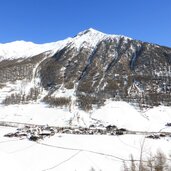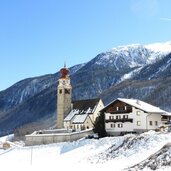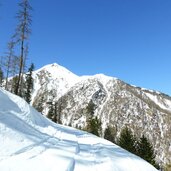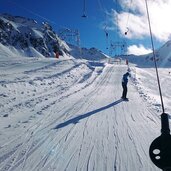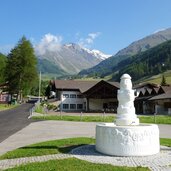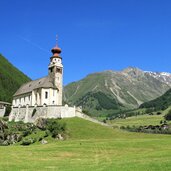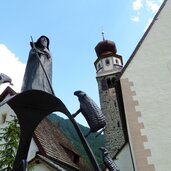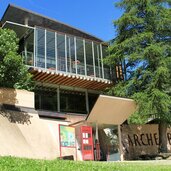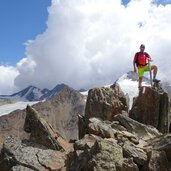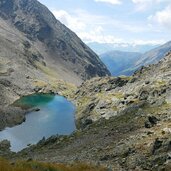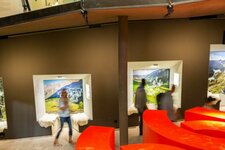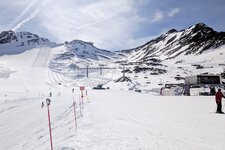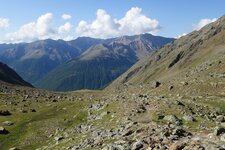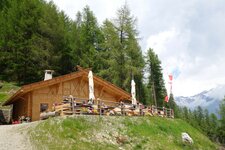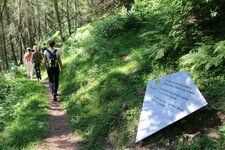In the archeoParc Val Senales in Madonna di Senales, you can practise archery and learn about plants from Oetzi’s time
Image gallery: Madonna di Senales
Madonna di Senales, the largest village in the Val Senales, can be recognised from afar by its church, which rises on a rock to the left of the road. The Madonna di Senales pilgrimate site has been a destination for pilgrims for over 700 years and has retained this significance to this day. A statue of the Madonna is said to have been found at this very spot in the 14th century.
A few houses cluster around the church, forming the village centre, while the other farms and houses are spread across the expansive meadows and slopes. In the past, the route via the Oetztal valley into the Val Senales was considered the shortest link between north and south from the direction of Augsburg. However, the area was settled millennia earlier, as Oetzi roamed the mountains above Madonna di Senales (Unser Frau in Schnals) over 5,000 years ago.
It was not until 1991 that the glacier released the mummy on the Giogo di Tisa on the Similaun and thus laid the foundation for various events. Themed trails and the archeoParc Val Senales open-air museum were added in Madonna di Senales. They allow to know Oetzi the Iceman, his life and the Neolithic period. Worthwhile tours lead then, for example, to the Lafez Mountain Hut, which can also be undertaken as a snowshoe hike, and up the impressive Similaun.
Around 3,000 sheep also undertake a special mountain tour each year, starting in the Val Senales in June and then hiking over snowfields and rocky gullies to Vent in Austria within two days. This ancient tradition of sheep driving, known as transhumance, has been inscribed on the UNESCO Intangible Cultural Heritage list. The new Campus Transhumance is dedicated to it.


